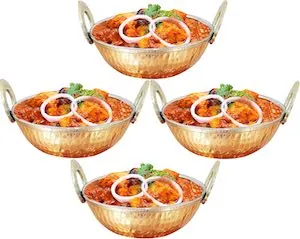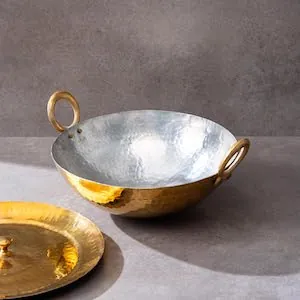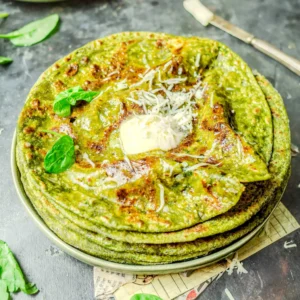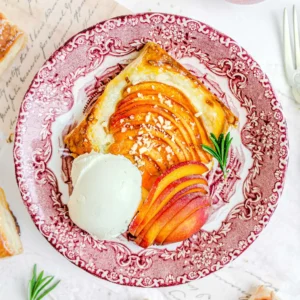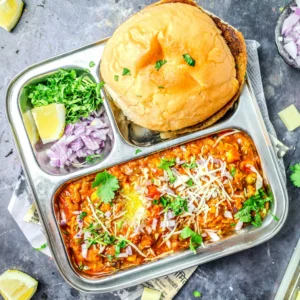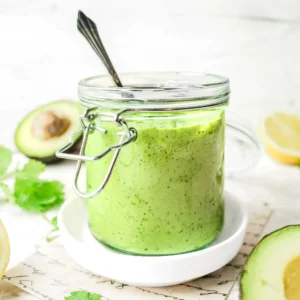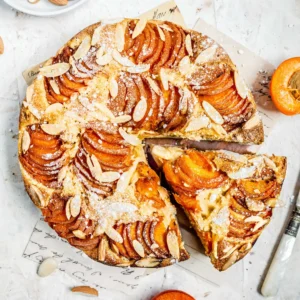Bhogichi Bhaji
A celebration of winter vegetables — that’s how I’d describe bhogichi bhaji, a Maharashtrian festival dish served during Makar Sankranti. It’s loaded with fresh, tender vegetables, each enveloped by a thick, nutty, and earthy gravy.
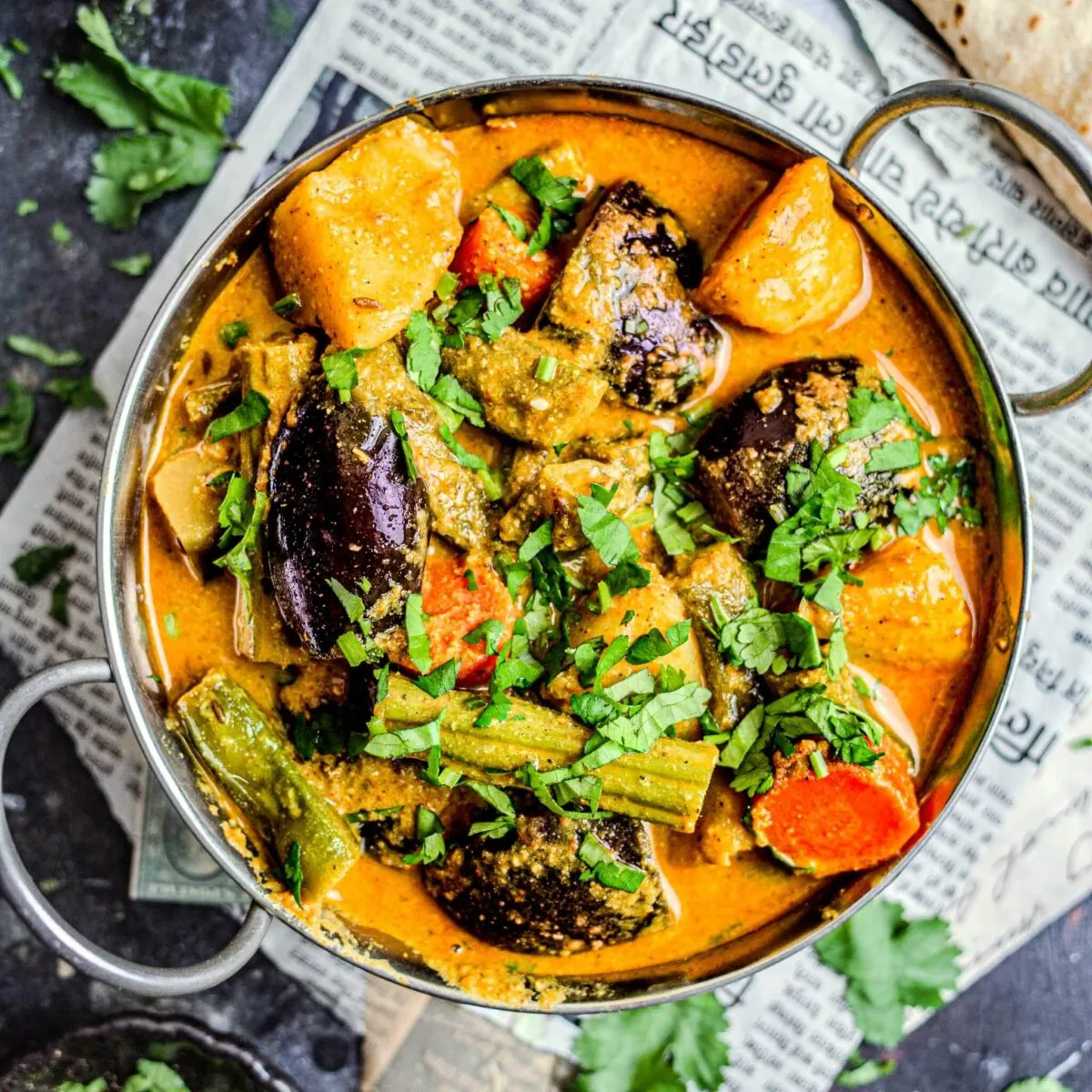
January is all about new starts: eating healthier foods, setting ourselves new goals (mine is to read more books — let me know yours in the comments below!), and changing our lives for the better. This dish, and the festival of Bhogi in general, captures the excitement of the new year perfectly.
This dish is a perfect representation of starting the year with a beautiful, bountiful harvest.
Buttery, melt-in-the-mouth potatoes. Sweet and earthy carrots. Fresh and succulent drumsticks. Meaty aubergine. Herbal, sweet, juicy fresh beans. And then that sauce — It’s nutty, toasty, with a hint of smoke, the tanginess of tamarind, and heat from chillies. There’s nothing quite like bhogichi bhaji.
❓What is Bhogi Bhaji?
Bhogichi bhaji, also called bhogi bhaji, is a mixed vegetable dish from Maharashtra.
It’s named after the festival Bhogi. Bhogi is the first day of Makar Sankranti (the first major Indian festival of the new year). The celebrations are dedicated to Surya, the sun god, and it marks the passage of our sun from Sagittarius to Capricorn (makar).
Some regions of India celebrate Makar Sankranti as a three-day festival, while others celebrate for four days. Either way, Bhogi is always observed on the first day (usually January 13th).
On Bhogi, people celebrate by burning old items on a bonfire. This symbolises letting go of things that no longer serve them, making room for new, positive things. In the evening, everyone gathers to eat bhogichi bhaji with til bhakri. Tilgul, til chikki or mixed nut chikki are matching festive desserts!
🤩 Why You’ll Love this Recipe
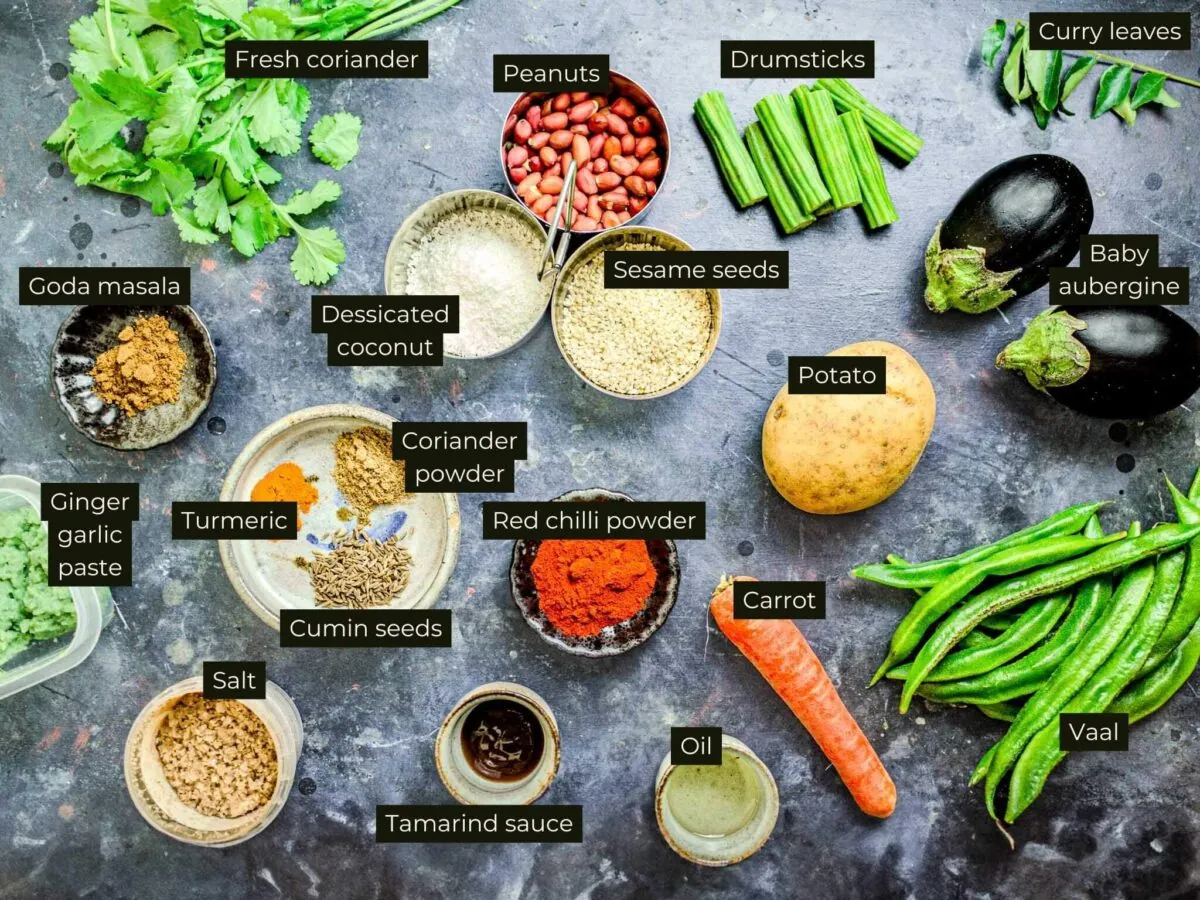
🥘 Bhogichi Bhaji Ingredients
Vegetables are key for bhogichi bhaji. Because Bhogi always lands in winter (usually January), seasonal Indian vegetables are ideal. Visit a local Indian shop for the best selection.
Remember, fresh is always best — but don’t forget to check the freezers — you can often find more obscure ingredients!
Here are the vegetables I use in this recipe:
- Drumsticks: No, not chicken drumsticks! These are pods from the moringa tree. Popular in South and West India, they have a mild, grassy, and earthy flavour comparable to green beans. Avoid drumsticks that have marks, are going brown, or look too thin.
- Vaal: An Indian variety of broad beans. They can be fibrous and slightly bitter but have a delicious fresh taste. The whole bean is sometimes called “valor,” while the large beans inside are called “vaal” or “val.”
- Carrot: Lends natural sweetness to the bhogichi bhaji. Indian red carrots or orange carrots both work great.
- Potato: Adds robustness to the dish. All-rounder potatoes are my go-to; waxy potatoes have the best texture, while floury potatoes soak up the flavour of the gravy. An in-between is best (like Maris Pipers).
- Baby aubergines: Known as vangi in Marathi or baingan in Hindi. You can use small purple, green, or striped aubergines (eggplants). They have buttery tender flesh.
Next, the Ingredients for Bhoghichi Bhaji Gravy:
- Peanuts: Provide intense savouriness. Use raw peanuts (we’ll roast them ourselves) or unsalted roasted peanuts. Peanuts add bulk to our gravy.
- Sesame seeds: Give a magnificent deep, nutty, and sweet flavour to the gravy.
- Desiccated coconut: Boosts the nuttiness of the dish and adds a tropical flair. You can also use freshly grated coconut!
- Oil: Vital for tempering the spices and frying our nutty paste. Any neutral oil is good, but groundnut oil is the most traditional.
- Ginger garlic paste: Adds additional buttery sweetness and a slight peppery punch from ginger. If you’re not eating ginger/garlic during festive periods, feel free to skip, making this recipe satvik.
- Tamarind sauce: Brings characteristic tanginess to the bhogichi bhaji. There are substitutes (read more below).
- Spices: Red chilli powder adds heat, while turmeric powder and coriander powder round out the flavours with bitter, earthy, zesty notes. Cumin seeds add a bite of toasty, sweet, and nutty aroma. Goda masala, a regional Marathi spice blend, rounds everything out with a gorgeously sweet scent and smoky taste.
You’ll also need water to adjust the consistency of the gravy, salt to bring out the umami, and fresh coriander to garnish the dish.
As always, you can find the complete ingredient quantities in the recipe card below.
🌶️ Variations and Substitutes
Want to add more vegetables? Good news — the sky is the limit! Green chickpeas (hara chana) are one of the most common traditionally added vegetables. They’re hard to find in the U.K., but can sometimes be in the frozen section. Other vegetables like green peas or beans also work well in bhogichi bhaji.
Want more sour flavour? Usually, the sourness in bhogichi bhaji comes from Indian plums (bor in Marathi or ber in Hindi). These fruits have a complex flavour that’s sweet and sharp when ripe or crisp and tangy when slightly unripe — similar to an apple. I can’t find them here in the U.K. but if you have access, please add some!
Want to add a touch of sweetness? Our fresh vegetables add subtle sweetness, but you can add more complexity of flavour by adding just a small amount of grated jaggery (god/gor) to the dish.
Change the texture. Some people prefer semi-dry bhoghichi bhaji, whereas others prefer a more substantial gravy/curry. This recipe works both ways; just cook the gravy down further or add less water to make it semi-dry.
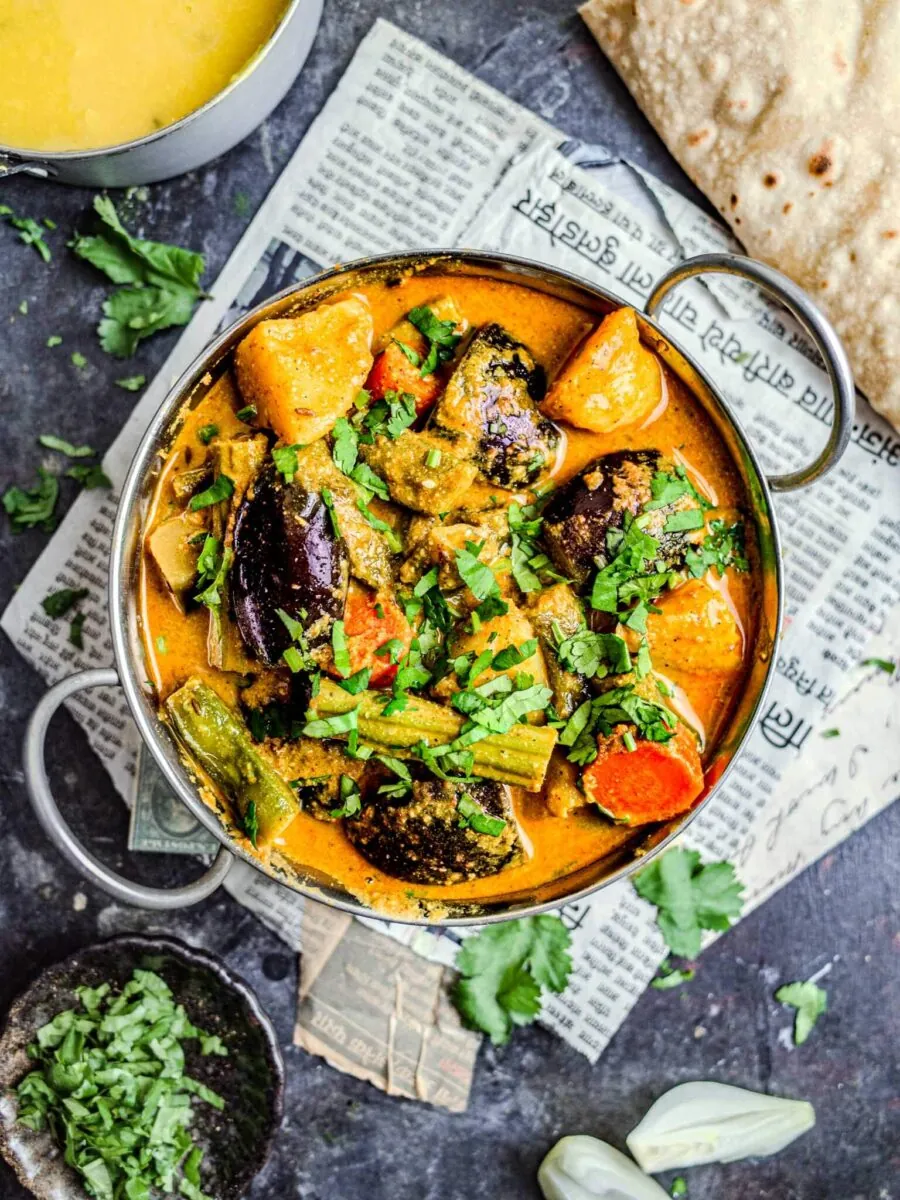
🧑🍳 Bhogichi Bhaji Recipe Step-by-Step Instructions
- Step one: Prepare the vegetables. Remove the fibrous strings and ends from the valor/vaal beans and cut them into pieces an inch long. Similarly, peel and cut the potatoes, carrots, and baby aubergines, then cut the drumsticks into 2-inch pieces.
- Step two: Make the gravy. Dry roast the peanuts, sesame seeds, and desiccated coconut one by one. Then add to a blender along with water and make a thick paste.
- Step three: Cook the gravy. Temper the cumin seeds in hot oil, then add the nutty paste, ginger garlic paste, turmeric, coriander, and red chilli powder. Fry gently until the paste becomes thick and the oil separates from the sides.
- Step four: Add the vegetables along with water. Cover and cook for 15 minutes.
- Step five: Season. Add salt to taste, goda masala, and tamarind sauce. Stir well and simmer for a few extra minutes, then serve.
Buy fresh vegetables. Due to how vegetable-centered this recipe is, the success of your bhogichi bhaji rides or dies on the freshness of your vegetables. Always look for Indian vegetables with bright green stems (brown stems are a negative sign!) and minimal blemishes.
Cut the vegetables appropriately. Because this is a mixed vegetable dish, there’s a risk of some vegetables being overcooked and some being undercooked. To avoid this issue, you need to cut the vegetables appropriately; those that take more time to cook should be cut slightly smaller, while those that take the same time to cook should be cut evenly.
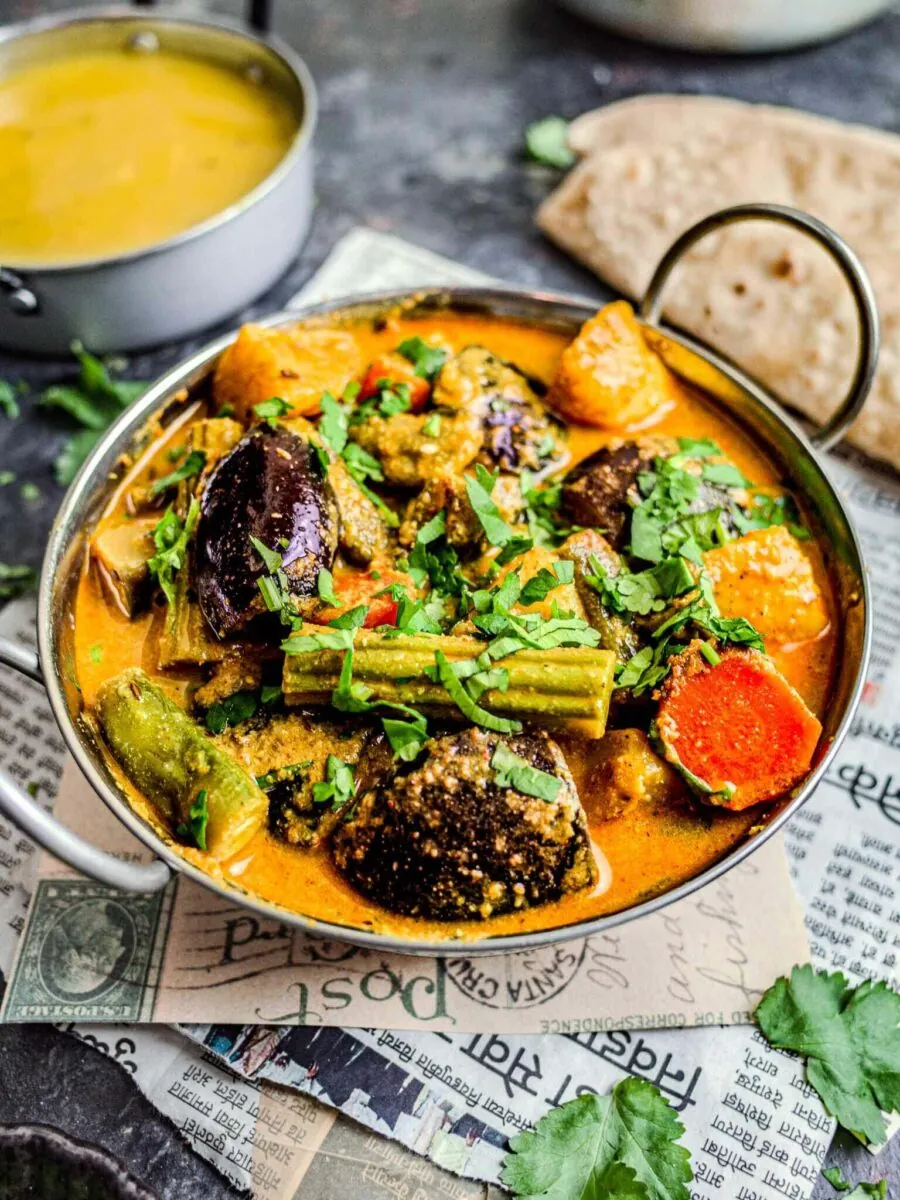
♨️ Storage and Reheating Bhogichi Bhaji
Storing bhogichi bhaji is straightforward. Cool the dish, then transfer to an airtight container. Refrigerate and use within one week.
To reheat bhogichi bhaji there are several options. My preference is to transfer the dish to a pan and reheat it directly on the hob/stovetop. You may need to add more water to adjust the consistency. Alternatively, you can use a microwave.
🫓 Bhogichi Bhaji Serving Suggestions
Traditionally, bhogichi bhaji is served with bajrichi bhakri (pearl millet flatbreads) or til bhakri (pearl millet flatbreads encrusted with sesame seeds). Even jwarichi bhakri is a good choice.
The hearty gluten free bread pairs wonderfully with the robust, homely flavours of bhogi bhaji. It’s a classic for a reason!
However, if you’re not confident making bhakri, standard poli (chapati/roti) or paratha also tastes fantastic.
Alternatively, I love serving bhogichi bhaji with varan bhaat (dal and rice).
If you tried this bhogichi bhaji recipe — or any other recipe on my website — please leave a 🌟 star rating and let me know your thoughts in the ✍️ comments at the bottom of the page. Thanks for being a part of my community!

Bhogichi Bhaji
Ingredients
For the Curry Paste
- 2 tablespoons peanuts raw and de-shelled, pink or red
- 2 tablespoons sesame seeds white, raw
- 2 tablespoons desiccated coconut
- 120 ml water
For the Curry
- 2 tablespoons groundnut oil
- ½ teaspoon cumin seeds
- 1 sprig curry leaves
- 1 teaspoon ginger garlic paste*
- ¼ teaspoon turmeric powder
- ½ teaspoon coriander powder
- 1 teaspoon red chilli powder
- 500 ml water for cooking the curry
- ¼ teaspoon garam masala
- Sea salt to taste
- 1 tablespoon tamarind sauce
- ¼ lemon squeezed
For the Vegetables
- 1 potato peeled and cut
- 1 carrot peeled and cut
- 1 small drumstick moringa pod, cut
- 60 g valor/vaal trimmed and cut
- 2 baby aubergines eggplant in the U.S., cut into pieces
Instructions
- Heat a tawa over a medium flame. Once hot, dry roast (without oil) 2 tablespoons peanuts until blistered. Remove from the heat and repeat the same process with 2 tablespoons sesame seeds, then 2 tablespoons desiccated coconut. Once roasted, add them to a small blender with 120 ml water, and blend to a smooth, thick paste.
- In a large kadai, heat 2 tablespoons groundnut oil over a medium flame. Add ½ teaspoon cumin seeds. Once they crackle, add 1 sprig curry leaves — be careful, they spit. Next, add the freshly ground paste and 1 teaspoon ginger garlic paste* (optionally), plus t¼ teaspoon turmeric powder, ½ teaspoon coriander powder, and 1 teaspoon red chilli powder. Fry gently, stirring regularly, until the paste thickens and the oil separates from the sides.
- Peel and cut 1 potato and 1 carrot. Trim the stems of 2 baby aubergines and cut. Trim the ends off 1 small drumstick and cut them into 2-inch pieces; there's no need to peel. Remove the fibrous strings and ends from 60 g valor/vaal.
- Add all the prepared vegetables along with 500 ml water. Cover with a lid and simmer for around 15 minutes or until the vegetables are knife-tender.
- Add ¼ teaspoon garam masala and Sea salt (to taste). Next, add 1 tablespoon tamarind sauce. Stir to mix, then simmer for a few extra minutes to integrate the flavours.
- Add a squeeze of ¼ lemon, a pinch of grated jaggery (optional), and freshly cut coriander (cilantro) to garnish.




